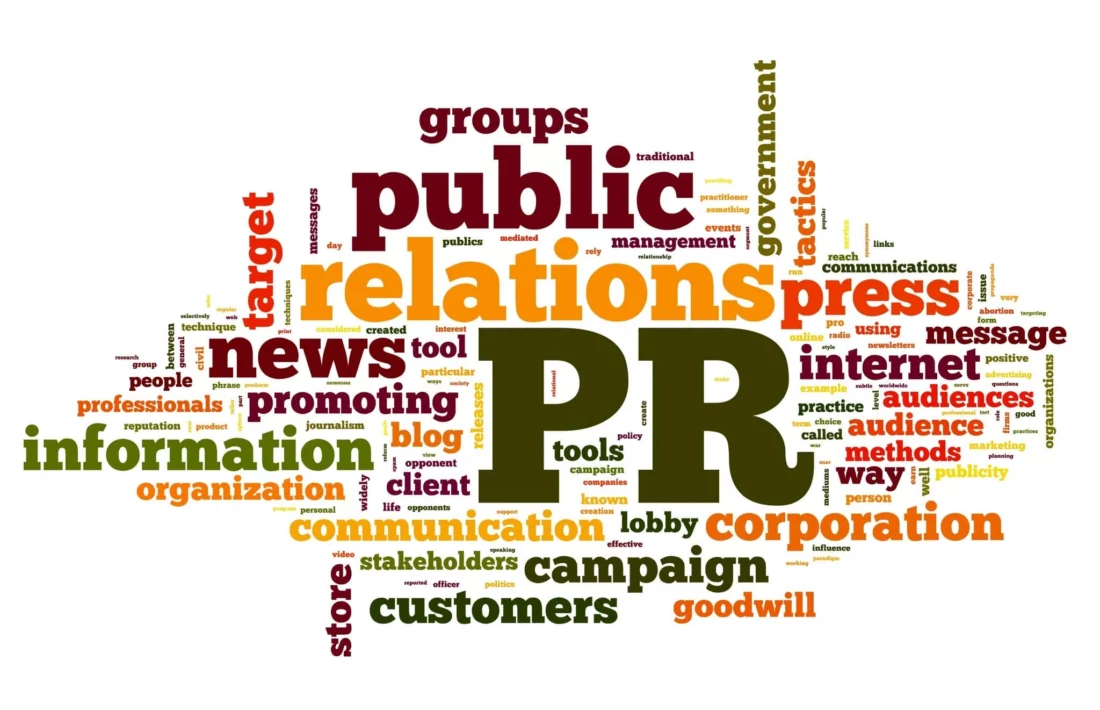PR and marketing often get a bad rap. Recent examples of stunts made in poor taste–in the name of marketing and PR, unfortunately–include the transformation of homeless people in Austin, TX into wifi hotspots during the SXSW interactive festival. Just last week in Britain’s The Guardian newspaper, Gerard F. Corbett, chair and chief executive of PRSA (Public Relations Society of America), defended our industry in a blog post responding to recent queries into the ethics of public relations professionals.
Yet, good public relations and marketing are what drive business. According to this recent analysis, enterprise technology marketing is set to boom in the next few years.
Just as often as bad PR gets called out in the press and online, PR as a profession is redeemed, over and over. Only folks aren’t as quick to dole out credit as criticism. To try and tip the balance a bit back where it belongs, here’s a few common themes I think are present in all good PR, regardless of industry, along with examples:
Good PR is nothing new.
Recently, Ragan’s PR Daily shared this wonderful infographic that attests to the power of PR, and our long history that defies common misconceptions of PR as a ‘modern” idea. If you’re a fan of infographics, here’s another one on successful PR campaigns.
Good PR lasts.
Our friends over at Spin Sucks recently posted about how one story, placed online, managed to make a difference in a dog’s life, as well as that of his companions and the staff who oversaw (and profited) from his care–NINE years later.
Finally, good PR can change the world.
Nothing has piqued our passions as to the power, influence, and genuine good-making difference PR can make as a story I came across in Sunday’s New York Times. Frank Bruni penned a moving review of “How to Survive a Plague” a documentary focused on Act Up, the protest group founded to raise awareness and funding to fight the AIDS epidemic.
While the story of Act Up is inspiring, and something I very much looking forward to seeing when it makes its way to a theater nearby, I couldn’t help but notice that Act Up is also great example of the power of good PR to make a massive difference on public perception, government policy and millions of lives. I’m not just talking about the daring stunts and moving feats, such as a “die in” at St. Patrick’s Cathedral in New York or the AIDS quilt on the National Mall in Washington DC. What I’m talking about is good old media relations, a drive to get as many facts into the hands of the public and policy-makers as possible, and a genuine ability to not only deliver the news to the people responsible for announcing it, but going above and beyond to make sure it happens.
Here’s a quote from Bruni’s story:
A friend of mine who covered an Act Up demonstration in San Francisco remembers standing in the street, chatting over the phone with a group spokesman and telling him that she would file her newspaper story as soon as she rounded up a certain statistic. Minutes later he called back, said that he had found a Kinko’s store nearby and told her that documents with the information she was seeking had already been faxed to her there.
That’s good PR. That’s professionalism. And it makes me proud to be a part of the profession. I admit I’m grateful that the fax machine is quickly going the way of the Dodo: thanks to email, it’s a lot easier to a get an important statistic to a journalist ASAP. But I’ve certainly still needed to rely upon finding a Kinko’s at a very early hour to ensure a client could print out a detailed report before meeting with a journalist while on the road.
Kudos, Act Up, for setting a good example of the power of PR. I hope your legacy is not relegated to that of simple activism, but also to the power of good business acumen and a professional, tenacious approach to public relations to yes, change the world.


Why Cutting PR in Tough Times is a Costly Mistake (And What to Do Instead)